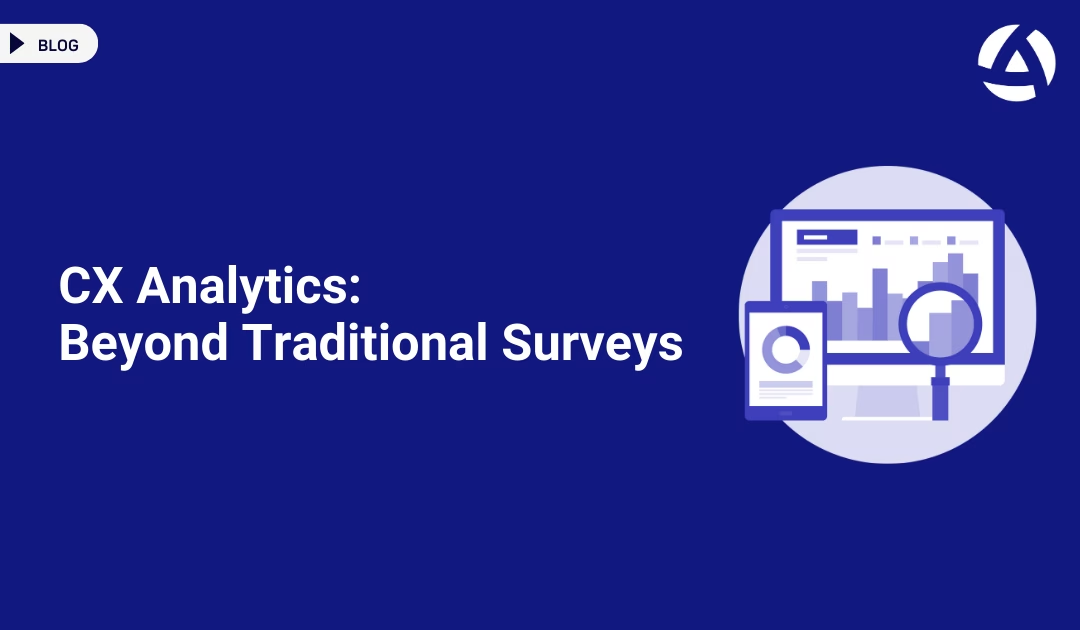Emotion detection is rapidly becoming a key component in understanding customer behavior and improving customer interactions. By identifying and analyzing the emotional states of customers during their interactions, businesses can better tailor their responses and strategies to meet customer needs more effectively. A CX platform equipped with emotion detection capabilities can significantly enhance the way businesses engage with their customers, driving better experiences and fostering long-term loyalty.
Understanding Emotion Detection
Emotion detection involves using advanced algorithms and AI to analyze customer communications—whether written, spoken, or through other forms of interaction—and identify the underlying emotions. These emotions can range from happiness and satisfaction to frustration and anger. By detecting these emotions in real time, a CX platform can provide businesses with actionable insights to improve their customer engagement strategies.
Key benefits of emotion detection include:
- Real-time response: Identifying customer emotions as they happen allows businesses to respond promptly, addressing any negative emotions before they escalate.
- Personalized interactions: Understanding customer emotions enables businesses to tailor their responses, making interactions more empathetic and relevant.
Enhancing Customer Support with Emotion Detection
Customer support is one of the areas where emotion detection can have a significant impact. A CX platform that integrates emotion detection can help support teams recognize when a customer is frustrated or angry, allowing them to:
- Prioritize responses: Customers showing signs of distress can be prioritized for faster resolution.
- Adjust communication style: Support agents can modify their approach to be more empathetic, reducing the likelihood of escalation.
- Offer solutions proactively: By understanding the root cause of negative emotions, businesses can offer solutions before the customer explicitly states their concerns.
This proactive approach can lead to higher customer satisfaction and a more positive overall experience.
Driving Marketing Strategies with Emotional Insights
Emotion detection can also play a significant role in shaping marketing strategies. By analyzing customer emotions across different touchpoints, businesses can:
- Identify emotional triggers: Understanding what makes customers feel happy, excited, or frustrated allows businesses to fine-tune their marketing messages.
- Segment audiences: Emotionally-driven segmentation can help create more targeted and effective marketing campaigns.
- Measure campaign impact: Businesses can assess the emotional impact of their campaigns, ensuring they resonate with the target audience.
These insights help businesses create more meaningful connections with their customers, ultimately driving brand loyalty.
Improving Product Development
Emotion detection doesn’t just enhance customer interactions—it also informs product development. By analyzing the emotional responses of customers to existing products or services, a CX platform can provide valuable feedback that guides future development efforts. This includes:
- Identifying pain points: Detecting negative emotions related to specific product features can highlight areas for improvement.
- Highlighting strengths: Positive emotional responses can indicate which features are most valued by customers, guiding future enhancements.
- Guiding innovation: Emotional insights can inspire new ideas that align with customer desires and expectations.
Conclusion
Emotion detection is a powerful tool that, when integrated into a CX platform, can transform the way businesses understand and engage with their customers. By identifying and responding to customer emotions in real time, businesses can enhance customer support, refine marketing strategies, and improve product development. The result is a more personalized, empathetic, and effective approach to customer experience, driving satisfaction and loyalty in the process. As emotion detection technology continues to evolve, its integration into CX platforms will become increasingly vital for businesses looking to stay ahead in a competitive market.
To see more about our emotion analysis capabilities, visit our Emotion Analysis Tool page.




